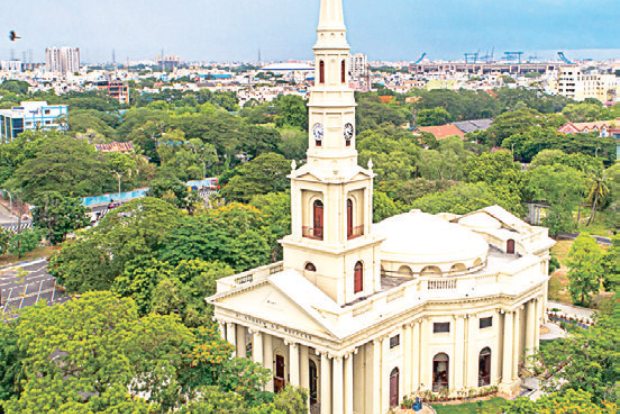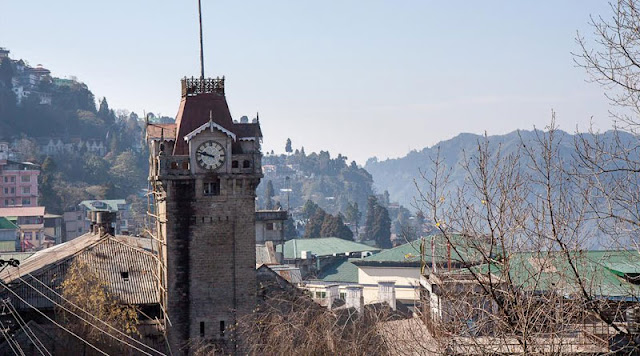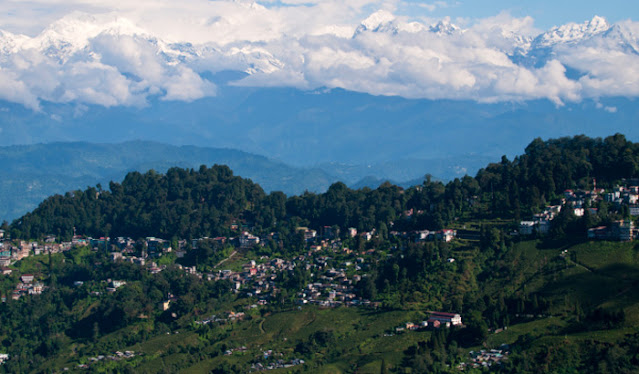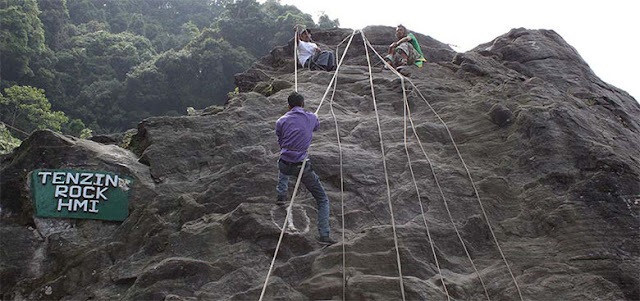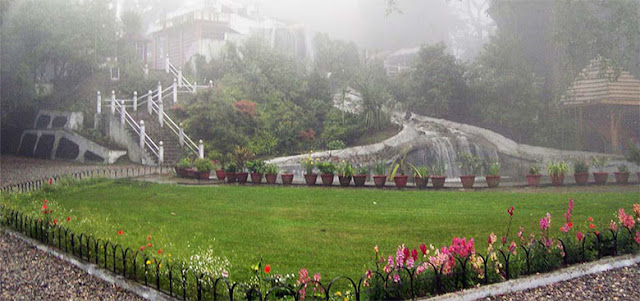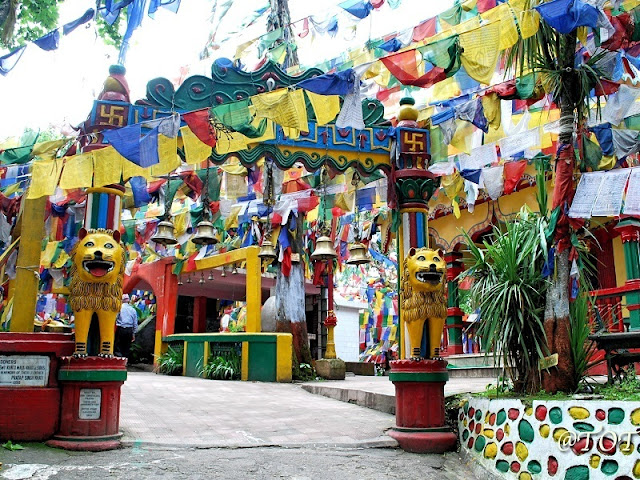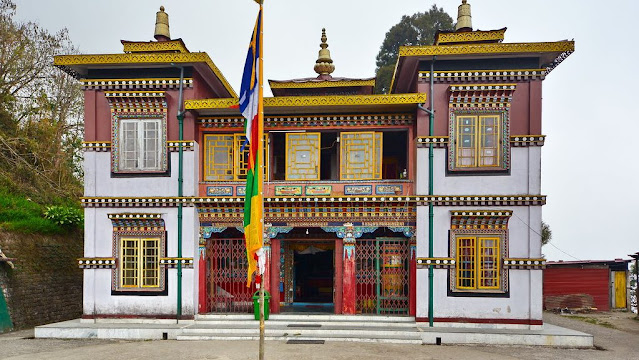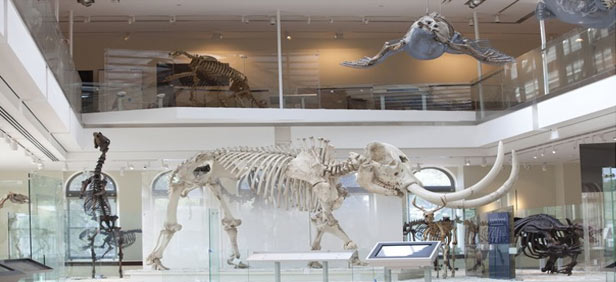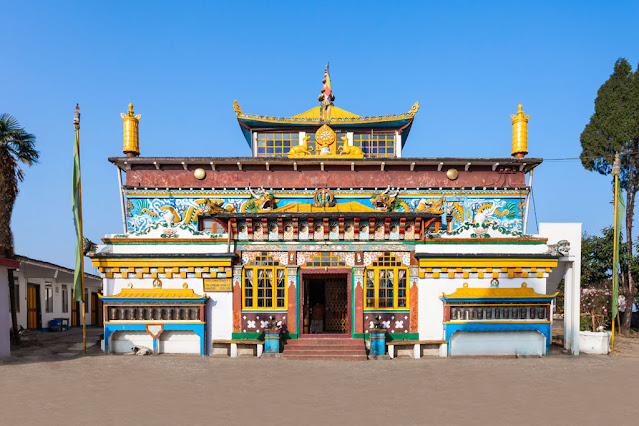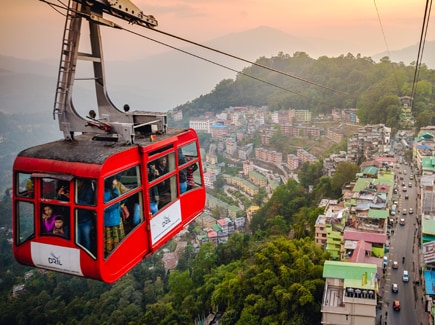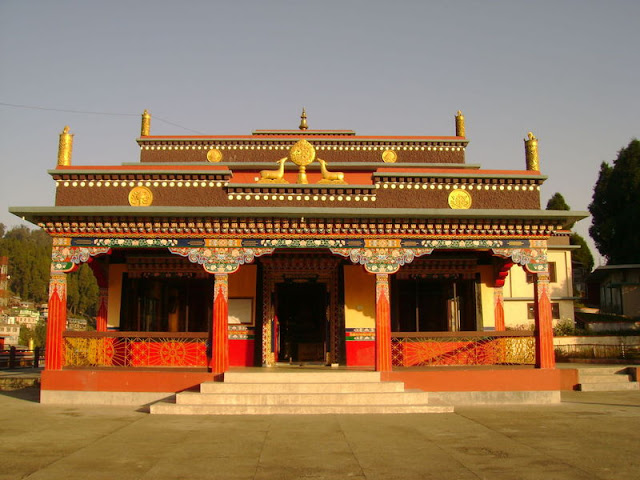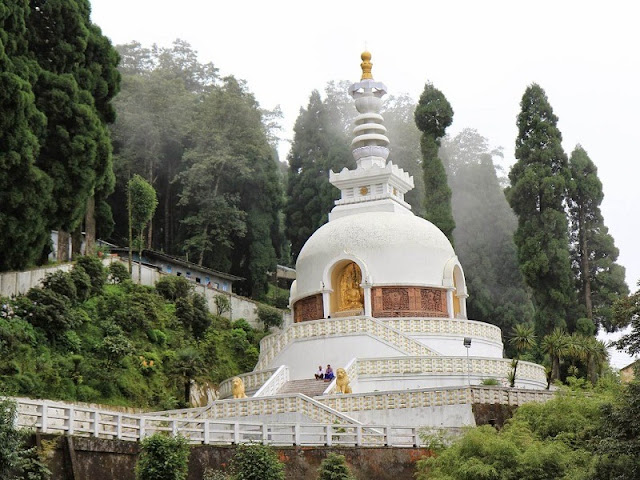Ava Art Gallery - the most important handicraft exhibition of its kind in Darjeeling
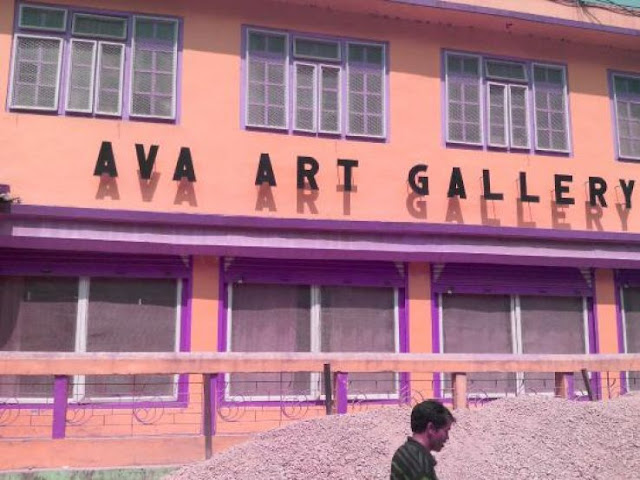
Ava Art Gallery Ava Art Gallery is located on Hill Cart Road, on the way to the centre of Darjeeling. It is the most important handicraft exhibition of its kind in Darjeeling. The name of this handicraft exhibition comes from the late Ava Devi, an artisan who was famous in the area for her sketches and magnificent weavings. It was jointly founded by the late Ava Devi and Bhopal Rao Sett in 1965. This is an outstanding exhibition of handicrafts that includes a compilation of water, oil and string artworks by Ava Devi. Two of the artworks named 'Still Strong' and 'Torment', depicting Ava Devi's exceptional skills and abilities, are must-sees. You will also discover numerous other traditional artworks and silk appliqués. The handloom work has been done with such skill that it almost looks like representations. For art lovers, this place is undoubtedly a must-visit. The gallery is open from 8 am to 12 noon and from 1 pm to 5 pm. Visit more destination at Darjeelin

